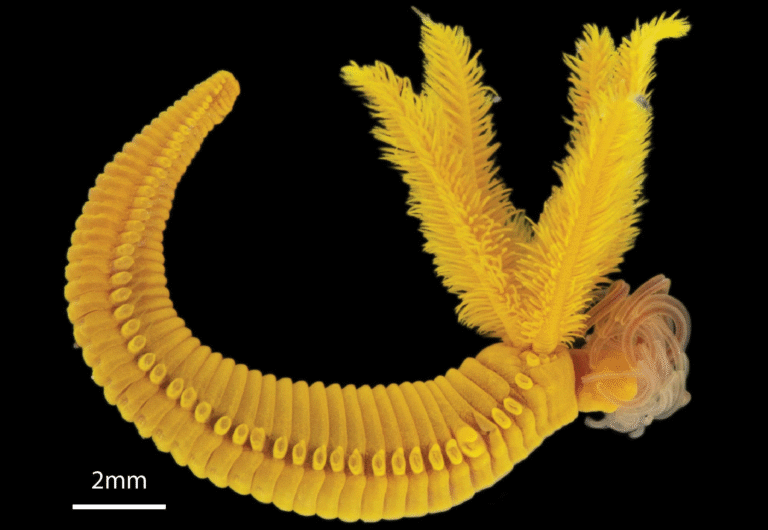Breast Cancer Drug Tamoxifen Linked to Rare but Serious Risk of Uterine Cancer

Since the 1970s, tamoxifen has been a lifesaving medication for millions of patients with estrogen receptor–positive breast cancer, significantly improving survival rates. However, researchers have now identified a rare but serious complication: the drug can directly contribute to the development of uterine cancer.
An international team of scientists from the Berlin Institute of Health at Charité, the Broad Institute of MIT and Harvard, Mass General Brigham, and the Dana-Farber Cancer Institute recently published findings in Nature Genetics (August 22, 2025). Their work provides the first clear explanation of why tamoxifen is occasionally associated with secondary cancers in the uterus.
The Core Discovery
For decades, it has been known that tamoxifen slightly increases the risk of uterine cancer, but the mechanism remained unclear. This new research shows that tamoxifen directly activates the PI3K signaling pathway, a central driver of uterine tumor development.
In most spontaneous uterine cancers, activation of PI3K happens because of PIK3CA mutations, which are extremely common. But in uterine cancers associated with tamoxifen treatment, researchers found something different: mutations in PIK3CA are much less frequent. Instead, tamoxifen itself takes over the role of activating PI3K, essentially bypassing the need for genetic mutations.

This means tamoxifen acts as a non-genetic driver of cancer in the uterus—an entirely new way of understanding how a drug can unintentionally contribute to tumor growth.
Evidence From Human Data
The team examined 21 uterine cancer cases that developed in women with a history of tamoxifen treatment. Only 14% of these cancers had PIK3CA mutations, compared with about 48% in uterine cancers that develop spontaneously.
To confirm this wasn’t a coincidence, the scientists validated their findings across three independent clinicogenomic cohorts. In each dataset, the pattern remained consistent: tamoxifen-associated tumors had far fewer PIK3CA mutations, reinforcing the idea that the drug itself substitutes for these genetic changes.
Animal Studies for Mechanism
To explore how this happens, the researchers turned to mouse models. They showed that tamoxifen, acting through the estrogen receptor, can directly trigger PI3K activation in uterine tissue. This was not observed with low-dose estrogen treatment, indicating that tamoxifen has a unique effect.
Two mechanisms were identified:
- Paracrine effects: tamoxifen stimulated uterine stromal cells to release IGF1, which in turn activated PI3K signaling in nearby cells.
- Cell-intrinsic effects: tamoxifen reduced levels of IGFBP3, a binding protein that normally limits IGF1 activity, further boosting PI3K signaling.
Together, these effects caused increased proliferation of uterine cells, setting the stage for tumor development.
Testing Possible Interventions
The team then tested whether this unwanted side effect could be blocked. In mice, tamoxifen was combined with alpelisib, a drug that directly inhibits PI3K. The result: PI3K activation and uterine cell proliferation were significantly reduced.
While alpelisib itself has side effects that prevent it from being a safe prevention strategy right now, this proof-of-concept experiment shows that tamoxifen’s risks can be mitigated by targeting the PI3K pathway.
The researchers suggest that other agents, such as metformin (which also lowers PI3K signaling), might one day be explored as safer protective options for women receiving tamoxifen therapy.
What This Means for Patients
The most important point for patients is that the overall risk of uterine cancer during tamoxifen treatment remains very low. The benefits of tamoxifen in preventing breast cancer recurrence far outweigh this rare complication.
Another reassurance is that the increased risk appears limited to the period of active tamoxifen treatment. Once therapy is completed, the risk largely subsides.
At the same time, this discovery provides biological clarity on a long-standing medical puzzle and opens up new opportunities to improve treatment safety. In the future, women receiving tamoxifen may benefit from strategies that reduce or block its unwanted activation of PI3K, without sacrificing its effectiveness against breast cancer.
A New Way of Looking at Therapy-Related Cancers
This study marks the first demonstration that a widely used drug can directly activate a pro-tumor signaling pathway, rather than relying on genetic mutations. It challenges traditional assumptions about how therapy-related cancers arise and raises the possibility that other medications could have similar effects.
The findings are not just important for tamoxifen users but also for the broader field of oncology, as they encourage scientists to examine whether other cancer therapies might inadvertently drive tumor formation through signaling changes instead of DNA mutations.
TLDR
Researchers discovered that tamoxifen, a key breast cancer drug, can directly activate the PI3K pathway in the uterus, raising a rare cancer risk. This effect bypasses genetic mutations, suggesting new strategies for prevention while reinforcing tamoxifen’s overall benefits.
Research Paper: Tamoxifen induces PI3K activation in uterine cancer – Nature Genetics (2025)





